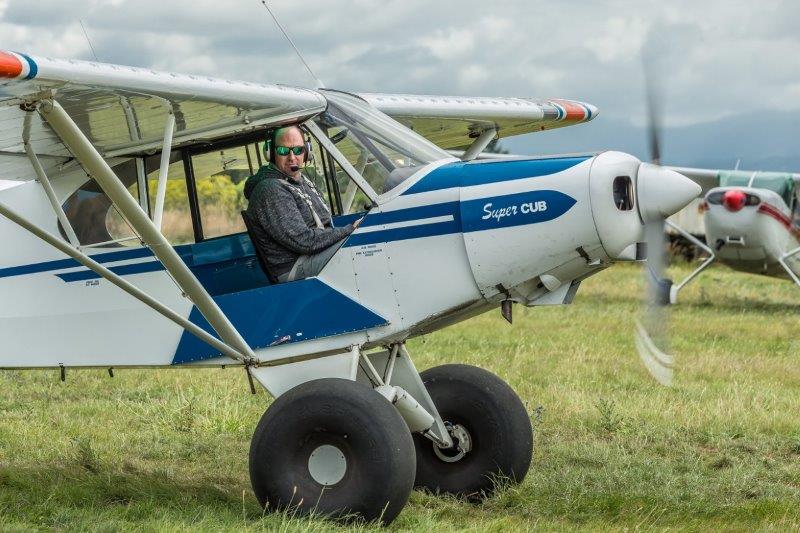
General
There will be two competition events.
1. Short Take Off and Landing (S.T.O.L).The main objective is to get airborne in the shortest distance, and then touch down and bring the aircraft to a stop safely in the shortest distance.See following pages for specific S.T.O.L. competition rules.This event is divided into three categories based on aircraft gross weight. No ultralights (powered hang glider wing aircraft) or helicopters allowed sorry!
a) Up to 1325 lb.Microlight and LSA aircraft.
b) 1326 – 2550 lb.C150/152, C172, PA18, PA20/22, PA38, PA28, Maule etcc) Above 2550 lb.C180/185, Helio Courier etc
Extra categories may be established subject to aircraft types registered.
2. Precision LandingThe main objective is to safely touch down without bouncing and at a speed where the aircraft is no longer flying, closest to a specific marked line on the runway.See following pages for specific Precision Landing competition rules.This event is open to all aircraft in the above categories.An event or category will not be run without a minimum of 4 entrants participating. Each event may not be entered more than once by the same pilot. Judges decision is final. The aim of the day is to have fun, and fly safe.
Prizes will be announced and handed out at the Saturday evening meal.
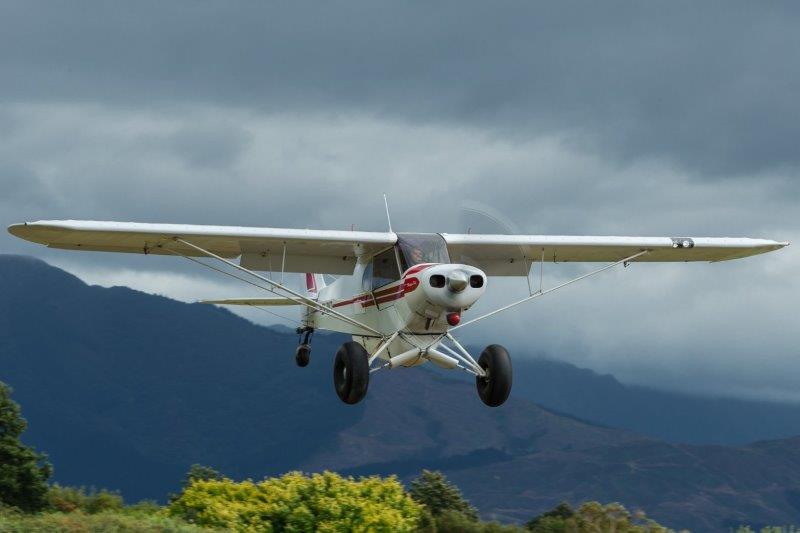
Registration
Pre-registration will remain open until 31 Jan 2026 for anyone interested in participating in HBBPC. Full Entry & Event details will be emailed 7 - 10 days prior to the event. We will email you to confirm your entry.
By signing the registration form, you agree abide by all “Healthy Bastards Bush Pilots Champs” rules, and allow the event organisers to use any images or video of you and your aircraft for publicity purposes.
Omaka landing fees will be waived for competing aircraft during the entire weekend (including Friday).
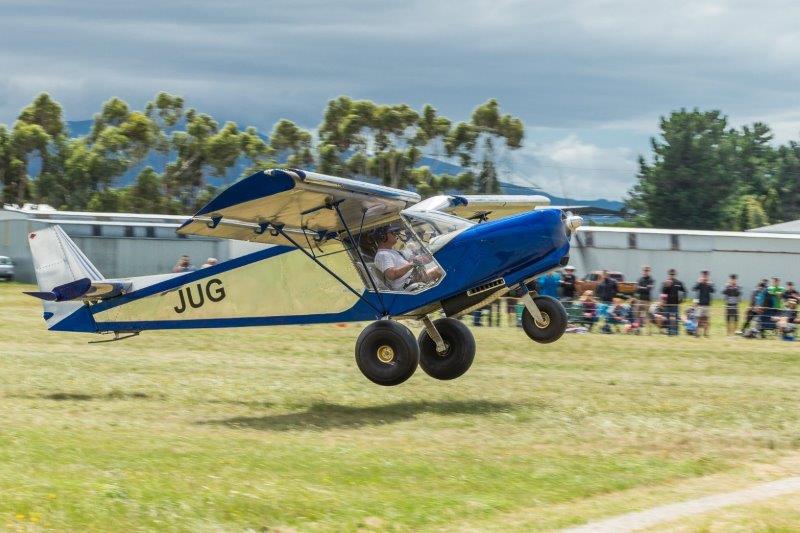
Safety
1. Safety briefing for competitions will take place Saturday morning. See event guide for reporting times and details. All pilots competing in an event must attend the briefing. An attendance form will be required to be signed.
2. Radio calls and frequencies used will be standard as per the Omaka landing plate.
3. All applicable Civil Aviation Rules must be complied with.
4. The event safety officer will be in attendance, and has the authority to disqualify any competitor deemed unsafe. Safety violations will be an automatic disqualification.
5. Fly safely and responsibly! No steep climbs or unsafe manoeuvres in the circuit. Standards circuit directions as detailed in the Omaka landing plate apply.
6. Circuit height for competitions is 500 ft agl (600 ft indicated).
7. Runway to be used on the day will be dependent on wind conditions.
Competition Rules
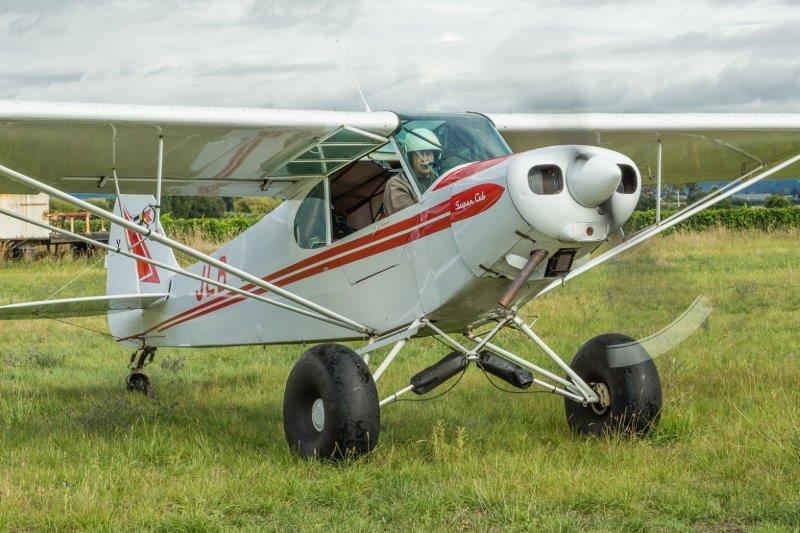
General Rules
1. Each entrant will be allowed one run consisting of two sets of takeoffs and landings. (i.e. 2 circuits)
2. Pilots and their aircraft will be assigned to groups of four aircraft. These will be listed on the competition guide. Pilots are required to be aware of the sequence, and be ready to follow the previous group.
3. Upon takeoff of each aircraft, the next aircraft shall wait until waived off by the line judge before rolling. After landing, each aircraft shall clear the runway as soon as possible for the next aircraft to land. Two circuits shall be flown in this fashion. All pilots must ensure they have allowed sufficient spacing to ensure a safe event.
4. Pilots who abort the landing due to poor planning or spacing on their part will be not be allowed an additional circuit.
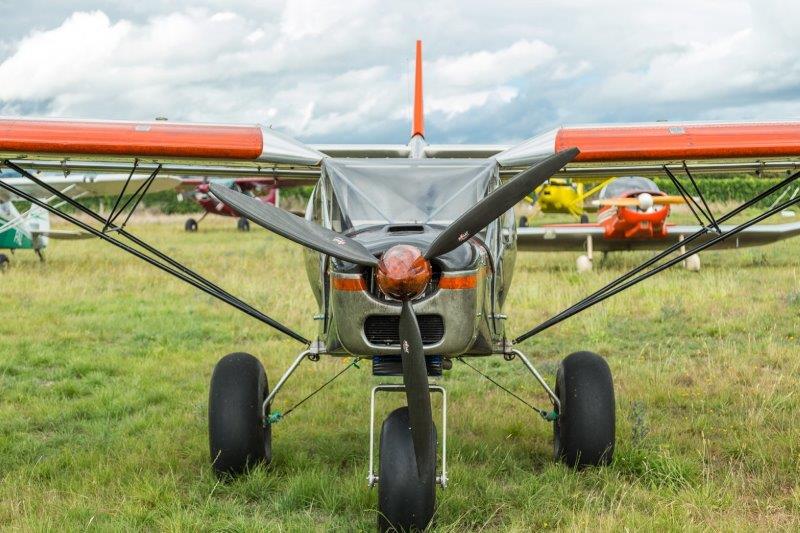
Short Takeoff Rules
1. Taxi into position as directed by the line judge, with the main wheels stopped on the line.
2. Begin takeoff roll after being given the thumbs-up by the line judge.
3. Takeoff distance will be the distance in metres from the reference line to where the furthest of any wheel touches the ground for the last time.
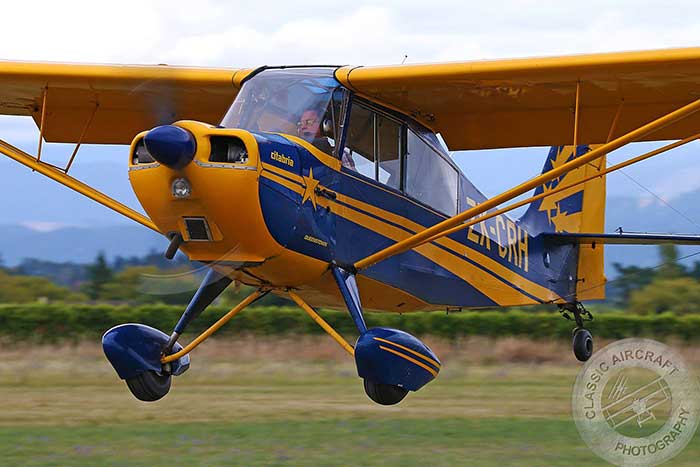
Short Landing Rules
1. Main wheels must touchdown on or beyond the reference line. Main wheels touching down short of the line will result in disqualification.
2. For tailwheel aircraft, the tailwheel MAY touch the ground before the line.
3. Aircraft must come to a complete stop, and remain in position until the judges have measured the distance.
4. Landing distance will be the distance in metres from the reference line to where the main wheels come to a complete stop.
5. Return to the holding area for the second attempt, and park after second attempt.
Score will be based on the combination of the shortest single takeoff and shortest single landing out of the two sets.
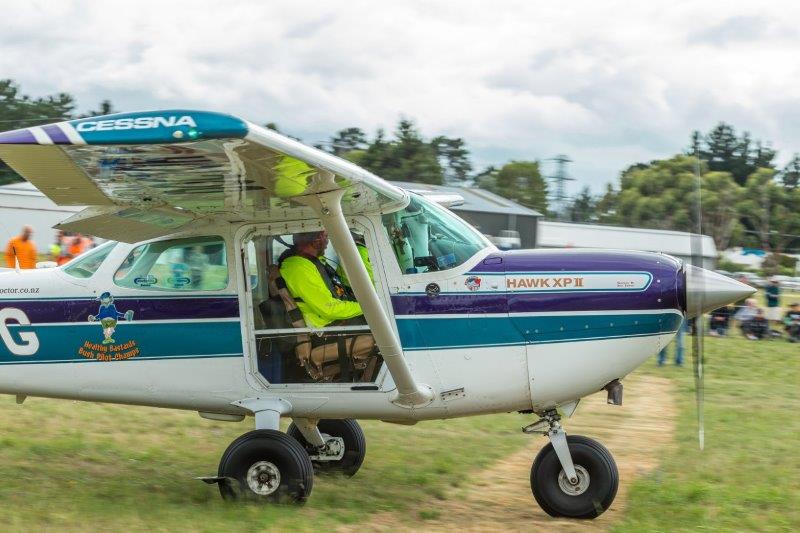
Precision Landing Rules
1. Taxi into position as directed, and begin takeoff roll after being given the thumbs-up by the line judge.
2. Main wheels must touchdown on or beyond the reference line. Main wheels touching down short of the line will result in disqualification.
3. Landing distance will be the distance from the reference line to the point at which both main wheels contact the ground. In the event of a bounce longer than 10m (as decided by the ground judges), the distance taken will be the point at which both main wheels remain on the ground.
4. Return to the holding area for the second attempt, and park after second attempt.
Score will be the best single landing out of the two sets.

